Letter recognition Normal Phonics Worksheets for 6-Year-Olds
7 filtered results
-
From - To
Discover our engaging Letter Recognition Normal Phonics Worksheets designed specifically for 6-year-olds! These worksheets help young learners enhance their reading and writing skills through fun and interactive activities. Each worksheet focuses on identifying, writing, and using letters in words, making phonics enjoyable and straightforward. Our colorful and diverse exercises cater to various learning styles, ensuring that every child can master letter recognition at their own pace. Perfect for classroom use or at-home learning, these worksheets provide a solid foundation for further literacy development. Unlock the joy of learning as your child navigates through the alphabet with confidence and excitement!
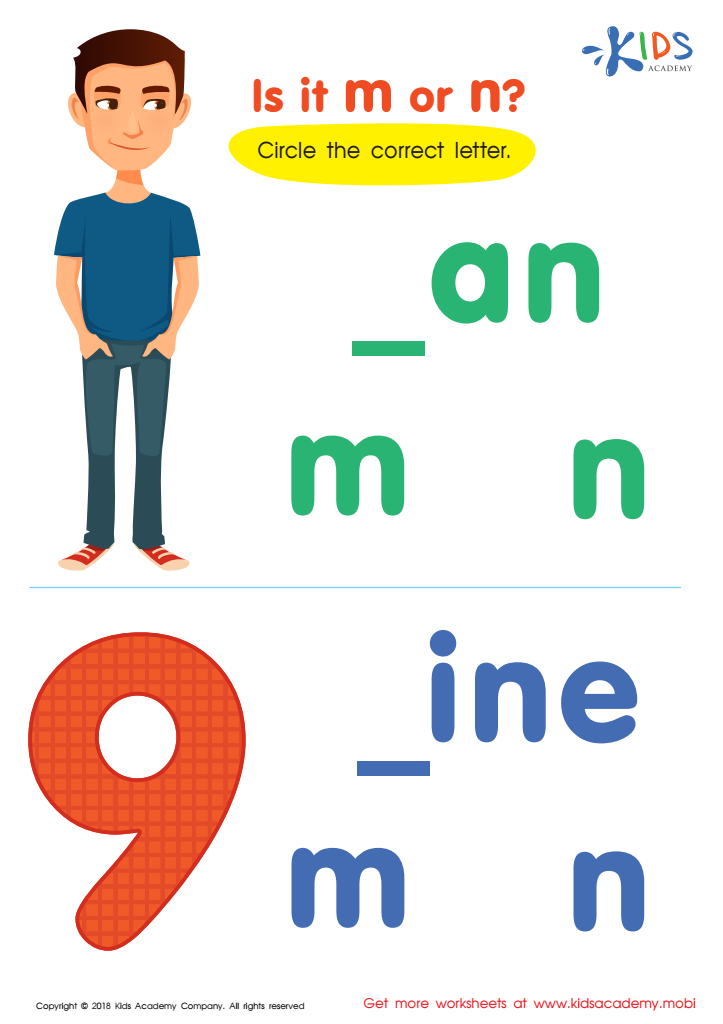

Is It m or n? Worksheet
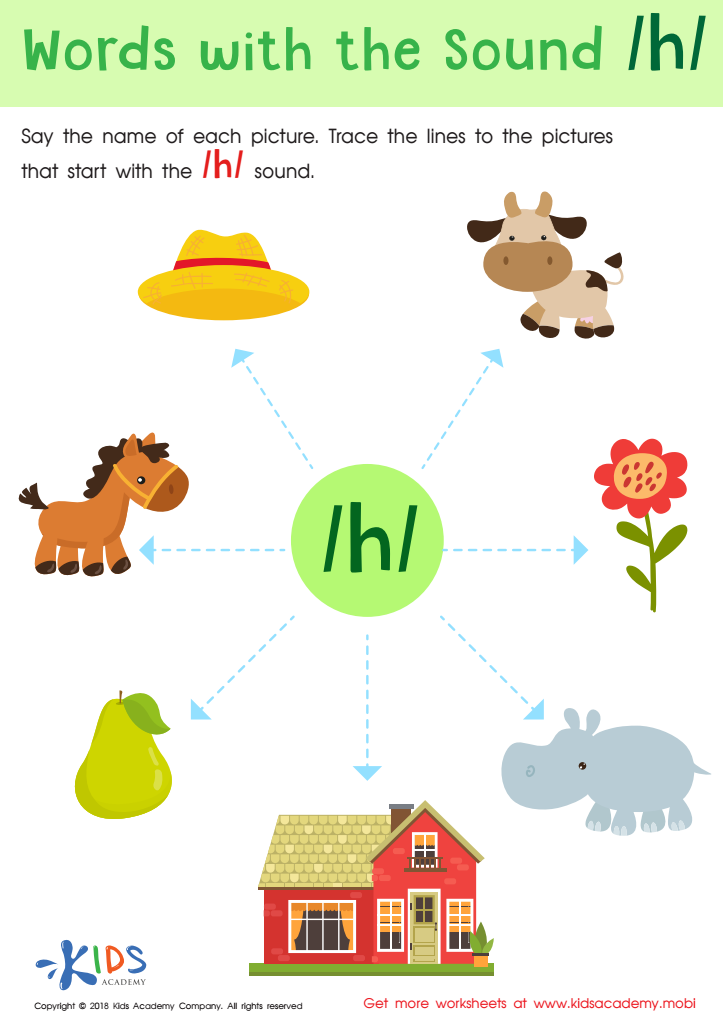

Words with sound h Reading Worksheet
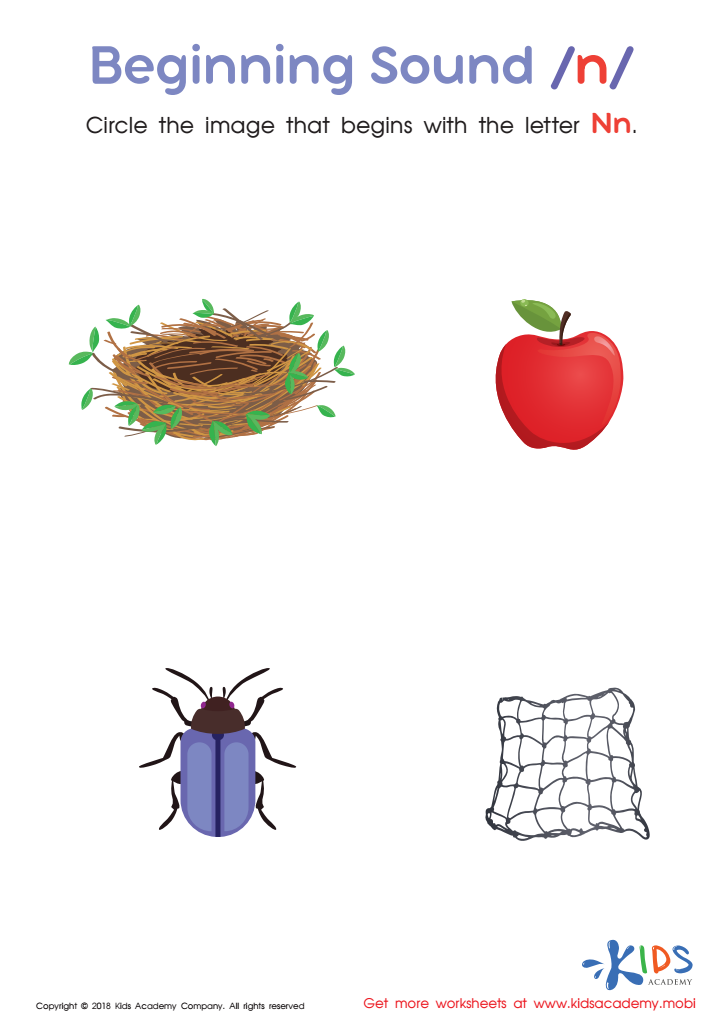

Beginning Sound «n» Worksheet
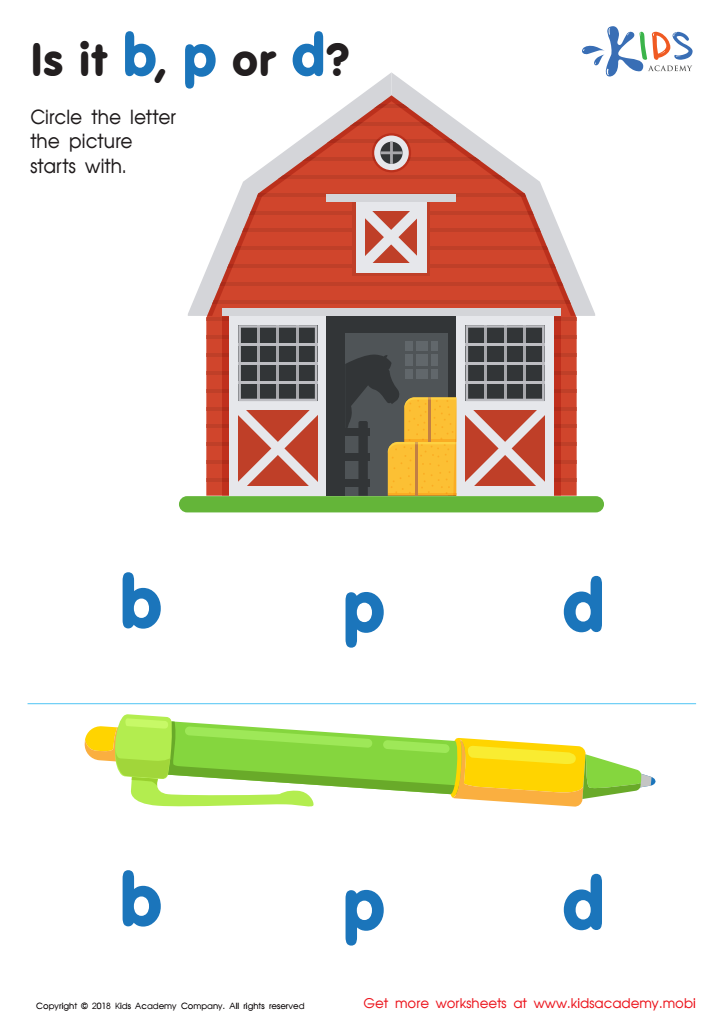

Is it b, p or d? Worksheet


Long and Short U Worksheet
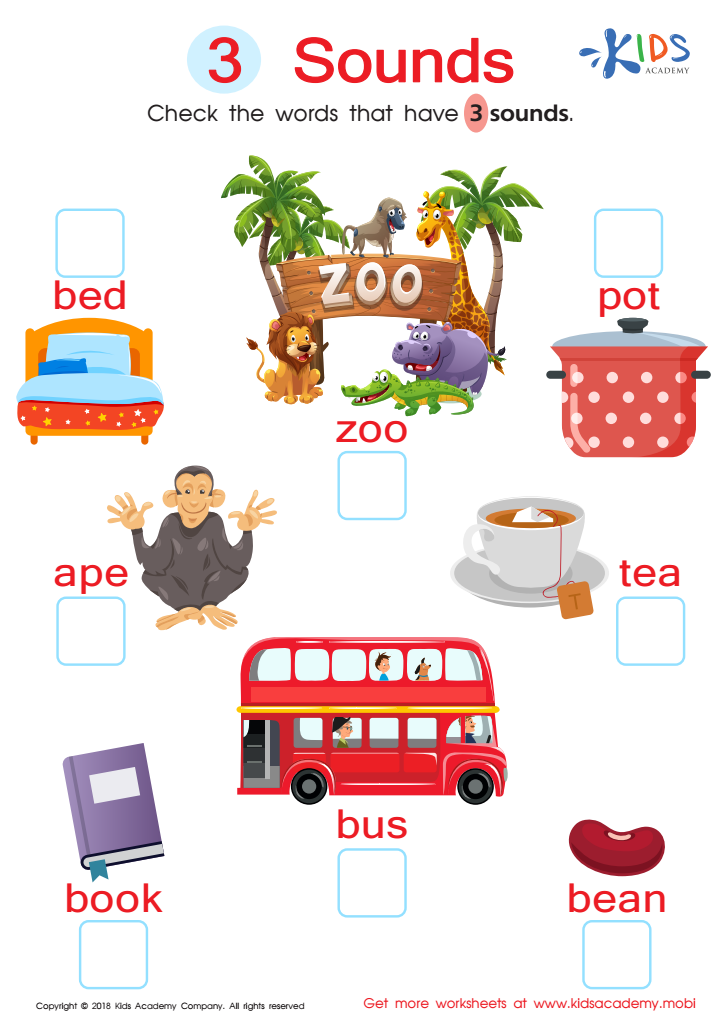

3 Sounds Worksheet


Long and Short E Worksheet
Letter recognition is a foundational skill for literacy development, especially for 6-year-olds who are in critical stages of learning to read and write. When parents and teachers focus on letter recognition within the framework of normal phonics, they support children's ability to connect sounds with letters, facilitating the reading process.
Understanding letter recognition helps children develop phonemic awareness—the ability to hear, identify, and manipulate sounds in spoken language. This skill is central to decoding words as they start reading more complex texts. Familiarity with letters and their sounds lays the groundwork for spelling, vocabulary development, and overall academic success.
Moreover, the ability for children to recognize letters quickly boosts their confidence in literacy tasks. It makes reading less daunting and encourages a love for books and storytelling. Engaging in letter recognition activities at home or in the classroom also strengthens the bond between parents, teachers, and children, creating enriching opportunities for interaction and shared learning experiences.
Ultimately, an early focus on letter recognition and phonics yields long-term benefits, producing competent readers who thrive in both educational environments and lifelong learning. To nurture these skills effectively, collaboration between parents and teachers is vital.
 Assign to My Students
Assign to My Students















